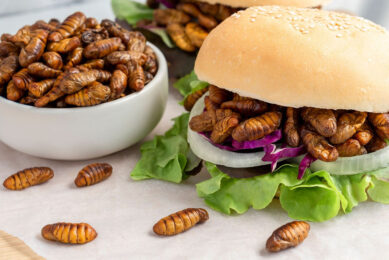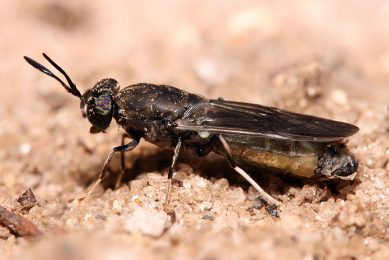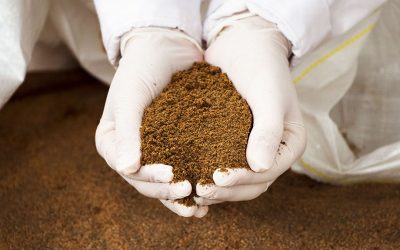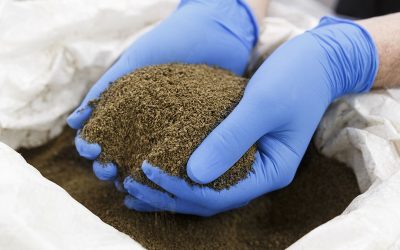Best practices in the insect protein sector

Producing insects as a protein source, despite its challenges from regulations to consumer opinion, is a growing industry. But now it is time to take a closer look at specific insects; how to best produce them and what they can be used for.
The insect (protein) industry is no longer in its infancy. The first large factories are emerging in Europe, North America, Asia and Africa and the first commercial products have been (or will be) developed for food, pet food and feed. There are also large collaborative research projects publishing peer-reviewed articles on the concrete nutritional benefits of insects in different animal feed and in human food.
Speaking about insects though, means to speak about around 1,000,000 species. From terrific carnivorous predators to gentle slow herbivorous through voracious detritivores. The large number of species means there is an incredible diversity in insects and their possible application.
The variety of insects and their application
It is now time to look more into detail, like we do for other animals. For instance in farmed fish: salmon are very different from tilapia, seabass, barramundi or sturgeon. Selling prices are different, so are their taste. And of course their production technologies or feed requirements. This is exactly the same for insects. Beetles differ largely from flies, butterflies, cockroaches and crickets. Protein meal from some of these species will substitute fish meal in animal feed, while others will be more suitable as a substitute for meat and bone meal (such as high ash poultry meal).
Insect meal as a protein: For all the latest research, opinions and articles
Knowing which insect meal fits which market
As the insect industry becomes more mature, it is time to delve deeper in to producing dedicated species and to formulate the market segments for more precise use of insect protein. This will give us a more accurate picture of this emerging industry. This could also be beneficial for marketing and communication purposes to tell a solid story about which insect proteins can be best implemented for certain markets. For example, herbivorous insects like crickets or beetles have better social acceptance in human food than detritivore insects.
Volumes not meeting demands of animal feed sector
We can certainly say that the insect industry is no longer a new-born industry. Factories are popping up all around the world, but production capacities are still very far from the need of the animal feed industry. Beyond diversity of farmed species, production practices are also quite diverse which could make animal feed companies reluctant to collaborate with the insect industry. An example of production practices is the insect substrate selection. In many papers and research studies, insects are named as perfect convertors of recycling waste into proteins. However, the use of waste, such as manure, as a substrate to grow insect protein is not allowed by European regulation and not applauded by the feed industry.
Only plant based substrates
The International Platform of Insects for Food and Feed (IPIFF) is a non-profit organisation initiated in 2013 and formally founded in 2015, bringing together around 25 member-firms operating in the insect value chain. Besides communication with institutional bodies and wider public, the association aims at developing best practices among the insect industry in order to make insect producers trustworthy partners for the feed and food chains. The first best practice IPIFF stated has been that only 100% plant-based material should be used to feed insects destined for the food chain – either for direct human consumption or as animal feed for food producing animals – among IPIFF members. This statement was the key element of the good relationship developed over the past few years with the European regulatory bodies and the Member States, which is now reflected in the potential use of insect meal in aquaculture, planned to be implemented within the next few months. The discussion would be far less advanced without this clear initial statement.
New proteins: which alternatives to soy show promise for animal diets?
In this section we highlight some of the protein alternatives that are currently seen as promising for livestock and fish diets.
Full food safety guarantee
Best practices could take many shapes, like ethical charter, best practices guideline, process and product labelling, etc. A first state-of-the-art of current farming and processing practices is currently in progress among IPIFF to define the next concrete steps in this area. Insect industry partners could be then ensured that everything is being done to make the best quality out of insects with a full food safety guarantee.











